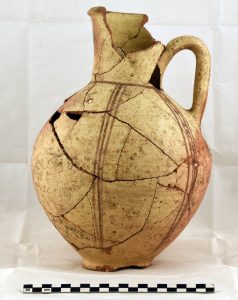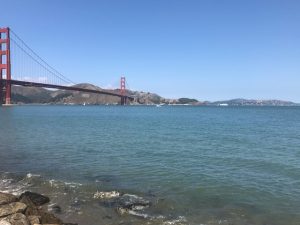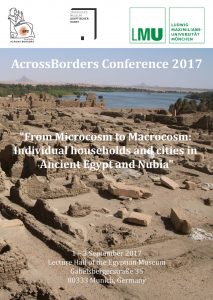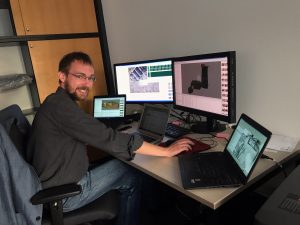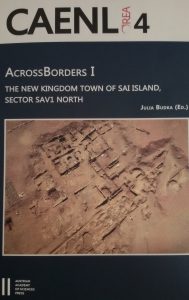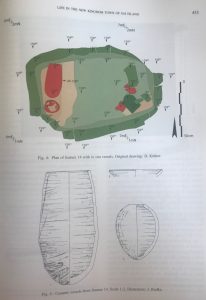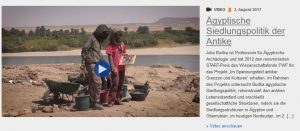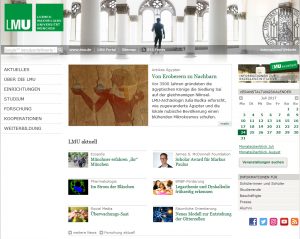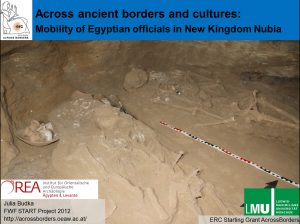Since Saturday, a small AcrossBorders team is busy working in Khartoum in the National Museum of Sudan. This two-week study season is dedicated to the documentation of finds from our 2017 fieldwork season on Sai Island. Due to the amazing discoveries both in the town and the cemetery, we simply ran out of time back in March and had to postpone the study of some objects. I am especially grateful to our colleagues from NCAM for their constant support and for a very productive setup and generous working hours! And we are really delighted that Huda Magzoub, our dear colleague, inspector and friend, joined as for this ultimate AcrossBorders season in Sudan. Temperatures here in Khartoum are quite a change compared to Vienna and Munich ;-).
Besides work on objects from Tomb 26, we are currently busy with material from the two large cellars we excavated in SAV1 East (Features 83 and 85). Both cellars represent very good contexts from the mid-18th Dynasty and therefore their pottery and small finds have particular importance for our study of the material culture in New Kingdom Sai.
I was especially looking forward to start working on the sherds from Feature 83. Below the collapsed bricks from the vault of this cellar, some smashed pottery vessels were found on the floor.
These ceramics clearly belong to the latest phase of use of the structure and can be dated to the mid-18th Dynasty – but back in Sai, they were all broken vessels, not allowing proper photographs or drawings. In the last days here in Khartoum, I managed to reconstruct them – my personal favourite is this nice imported jug with painted decoration. A real beauty came out of those smashed sherds!


